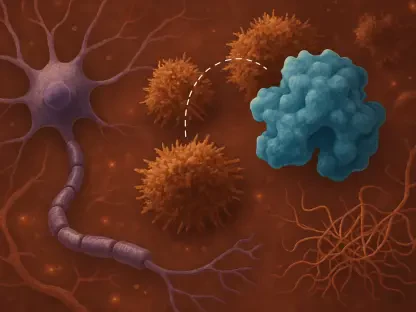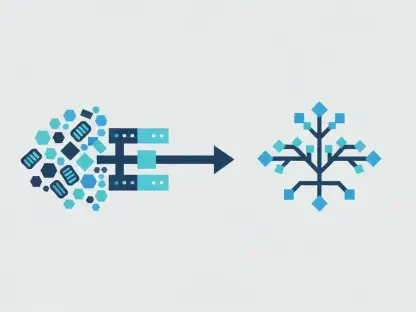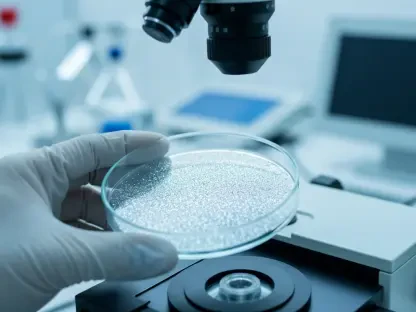Neonatal intrahepatic cholestasis caused by citrin deficiency (NICCD) is a rare autosomal recessive disorder characterized by a range of clinical and biochemical abnormalities that significantly impact neonatal health. This genetic condition, primarily seen in East Asian populations, is caused by mutations in the SLC25A13 gene, leading to a deficiency in the liver-expressed citrin protein. The disorder manifests in newborns with symptoms such as persistent neonatal jaundice, elevated ammonia levels, and amino acid imbalances that demand timely diagnosis and management. Investigations into NICCD have culminated in the development of targeted treatment strategies, including dietary modifications and biochemical interventions, aimed at improving clinical outcomes and mitigating long-term complications. The genetic underpinnings of this condition, however, contribute to its variable presentation, making it a focal point for pediatric research aimed at optimizing therapeutic approaches and understanding its genotype-phenotype correlations.
1. Understanding Citrin Deficiency and NICCD
Citrin deficiency is rooted in mutations affecting the SLC25A13 gene, which encodes citrin, a mitochondrial protein integral to amino acid and energy metabolism. This deficiency presents in various forms, with NICCD being the most common pediatric manifestation. NICCD is marked by a constellation of symptoms including intrahepatic cholestasis, hyperammonemia, and metabolic disturbances. Early recognition is crucial, as delays in diagnosis can exacerbate symptoms and lead to severe complications, including acute liver failure. Typically, the symptoms resolve by the age of one, but some cases require intensive interventions such as liver transplantation.
This genetic disorder exhibits a distinct geographical prevalence, with a higher incidence in East Asian regions, necessitating vigilance in populations at risk. The genetic mutations associated with NICCD are diverse, yet certain variants exhibit a regional predilection, underscoring the significance of genotype-specific research. These genetic intricacies present challenges and opportunities in refining diagnostic criteria and treatment protocols, facilitating improved patient outcomes through personalized medicine approaches.
2. Clinical Manifestations and Diagnosis
NICCD’s clinical presentation is typically characterized by persistent jaundice, scleral icterus, and hepatomegaly, with biochemical markers indicating cholestasis and hepatic inflammation. The presence of hyperammonemia and elevated lactate levels further signal citrin deficiency. The diagnosis is confirmed through molecular analysis, identifying pathogenic SLC25A13 mutations via next-generation sequencing and Sanger validation.
Patients often display elevated amino acids, particularly citrulline, methionine, and tyrosine, highlighting the disorder’s metabolic disruption. The diagnostic process involves detailed biochemical and genetic assessments, revealing amino acid imbalances and confirming the presence of genetic mutations. Assessing these parameters is vital for crafting effective treatment regimens that address the multifaceted nature of NICCD.
3. Strategies for Treatment and Management
The treatment of NICCD revolves around dietary and pharmacological interventions designed to restore metabolic balance and promote growth. Lactose-free, medium-chain triglyceride (MCT)-enriched formulas are fundamental, mitigating metabolic stress and supporting energy metabolism. Ursodeoxycholic acid complements this approach, aiding in the resolution of cholestasis and improving liver function. These treatments are generally well-accepted, enhancing patient growth metrics and alleviating symptoms.
The therapeutic success in NICCD underscores the importance of dietary management as a cornerstone strategy. However, ongoing monitoring is crucial to address potential growth impediments and hepatic dysfunction. Multidisciplinary care, integrating nutritional, biochemical, and genetic expertise, remains essential in ensuring comprehensive management and optimizing long-term outcomes for NICCD patients.
4. Genetic Insights and Phenotype Associations
Investigations into the genetic landscape of NICCD reveal intricate links between specific SLC25A13 mutations and clinical manifestations. The prevalent c.851_854del mutation is particularly associated with the early onset of cholestasis and severe symptoms, whereas compound heterozygous variants exhibit more varied clinical courses. These insights inform genotype-phenotype correlation analyses, providing critical guidance for anticipating disease severity and tailoring interventions.
The genetic diversity in NICCD necessitates nuanced evaluation of genotype-specific treatment responses, fostering precision medicine in pediatric gastroenterology. Future research, leveraging larger cohorts and advanced genomic techniques, is poised to elucidate additional mutations and their impact on metabolic pathways and clinical progression. This knowledge will empower clinicians to refine diagnostic frameworks and adapt treatment strategies to the unique genetic profiles of NICCD patients.
Key Advances in NICCD Research
NICCD research has advanced our understanding of the disorder’s genetic and biochemical basis, paving the way for improved diagnostic and treatment methodologies. Studies have highlighted genotype-specific patterns, offering valuable insights for personalized management. Collaborative efforts are exploring the full spectrum of SLC25A13 mutations, aiming to enhance the precision of neonatal metabolic screenings. The evolution of treatment protocols attests to the efficacy of current therapeutic strategies while emphasizing the need for ongoing research to address the complexities arising from rare genetic variants and their clinical implications.
Conclusion
Research into NICCD has significantly enhanced our comprehension of the disorder’s genetic and biochemical foundations, leading to better diagnostic and treatment approaches. Studies have revealed patterns specific to particular genotypes, offering crucial insights for tailoring personal management plans. Through collaborative efforts, researchers are examining the entire range of SLC25A13 mutations, striving to improve the precision of neonatal metabolic screenings. The advancement of treatment protocols demonstrates the effectiveness of current therapeutic strategies while highlighting the necessity for ongoing research to tackle complications that arise from rare genetic variants and their clinical ramifications.
This evolution in treatment methodologies reflects the industry’s commitment to addressing the intricate challenges presented by NICCD. By expanding our understanding of genetic variations, researchers can develop personalized care strategies, thus potentially improving patient outcomes. Moreover, by dissecting genotype-specific traits and mutations, scientists can refine neonatal screenings, ensuring that detection and intervention occur promptly. The continual drive for progress underscores the healthcare community’s resolve to manage NICCD more effectively, signifying a crucial step toward alleviating the burdens faced by patients and caregivers alike.









